Quilted green russulas, also known as green brittle gills and Russula parvovirescens are an edible wild mushroom. They're one of the easiest Russula species to identify and eat in North America.
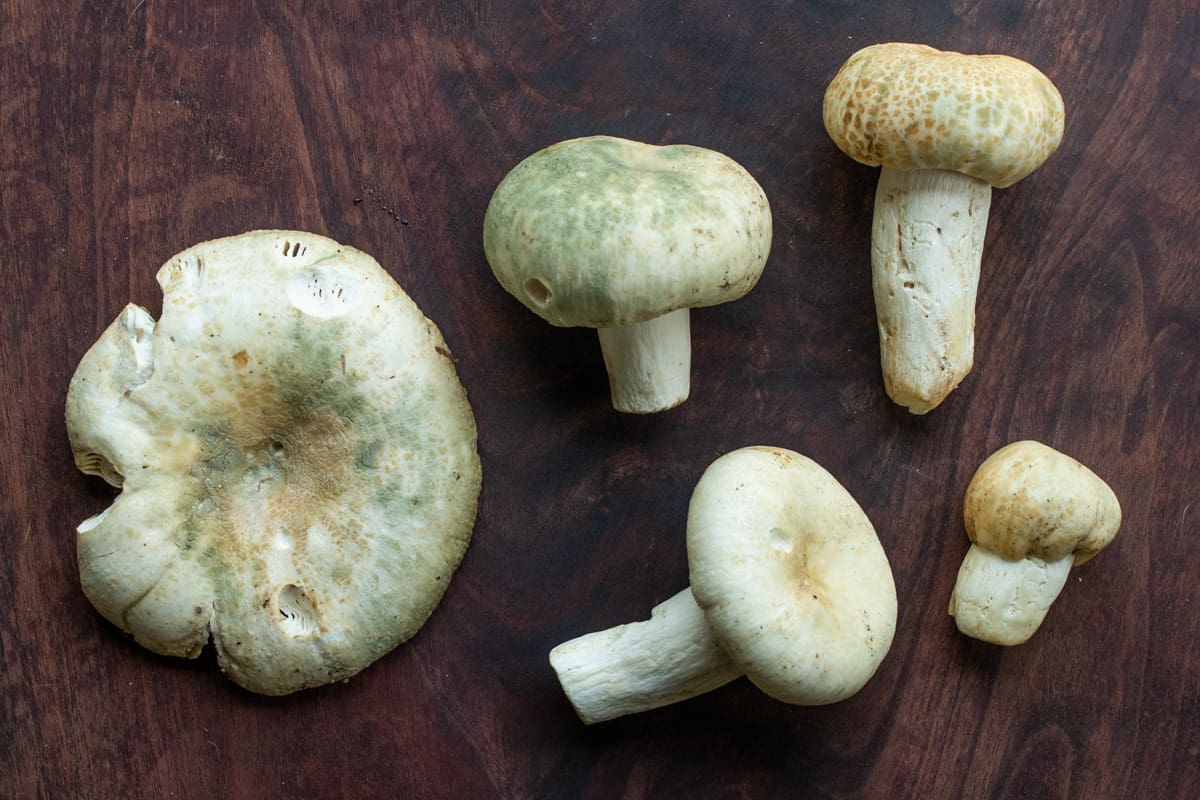
Formerly Russula virescens, r. parvovirescens was identified in 2006 and declared a unique species of the Eastern United States. The two mushrooms are interchangeable for culinary purposes, but R. parvovirescens has a smaller stature than R. virescens.
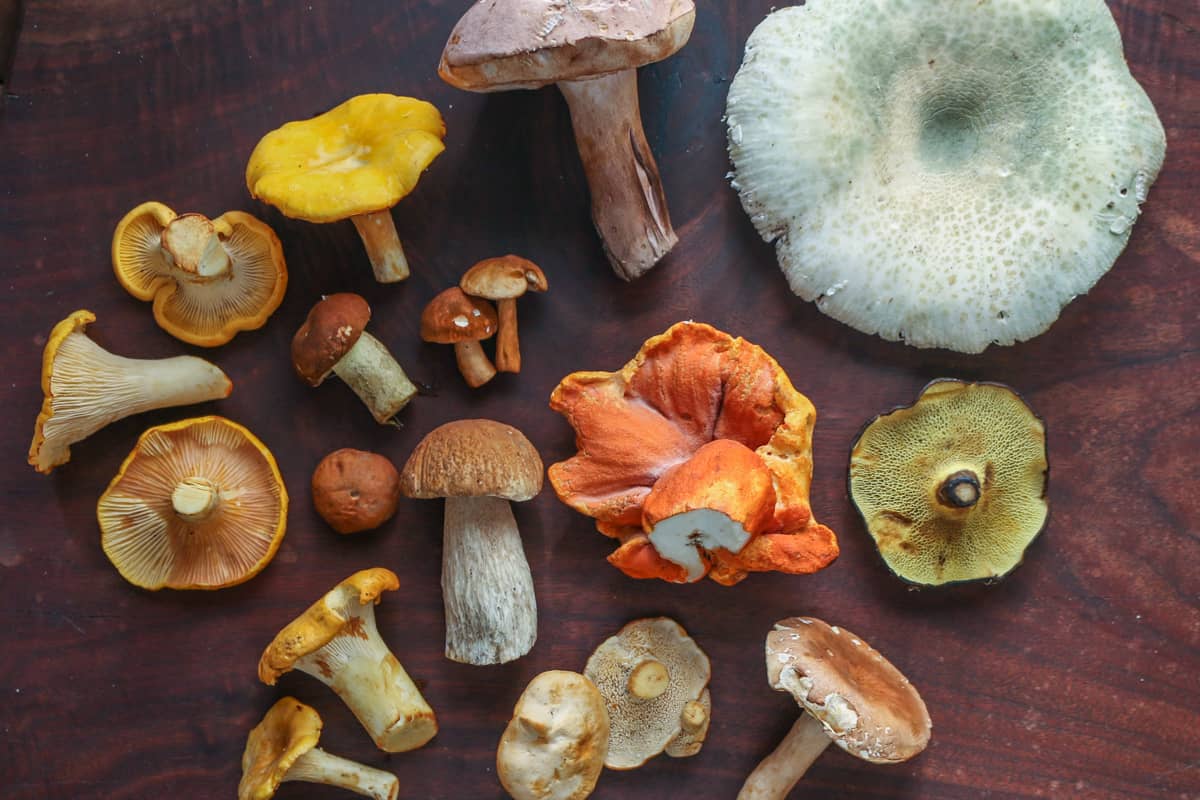
The mushrooms appear in the summer months when the chanterelles, porcini, and other wild mushrooms are available.
When I find young ones, or those not damaged enough by bugs to dry, they'll go in my mushroom basket. Here's everything I know about them.
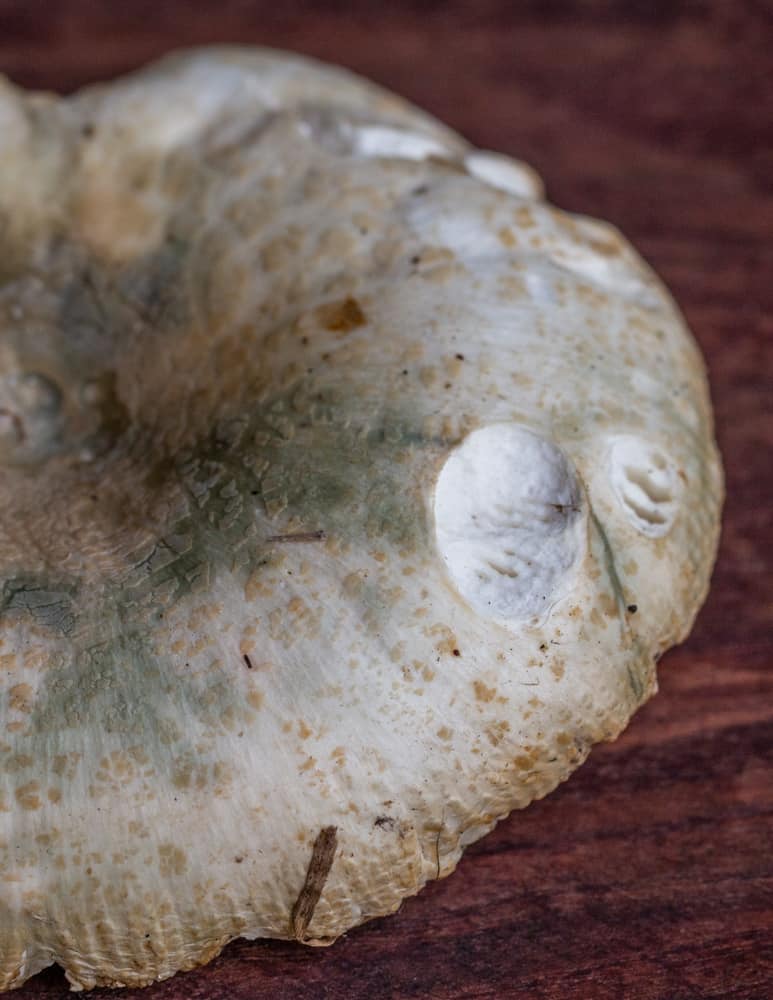
Habitat
I see these mushrooms in mixed broadleaf hardwood forests in the Midwest, especially those with plenty of burr and red oak mixed in. I often see them in the same habitat as lobster mushrooms, chanterelles, black trumpet mushrooms and porcini. Thee fungus begins fruiting in the summer and I typically see the most of them in July through August.

Identification
As a general rule, Russula can be difficult to identify. These are the exception. Their green cap, covered with large crustose patches in a net-like pattern that's referred to as "quilted" are the biggest giveaways.
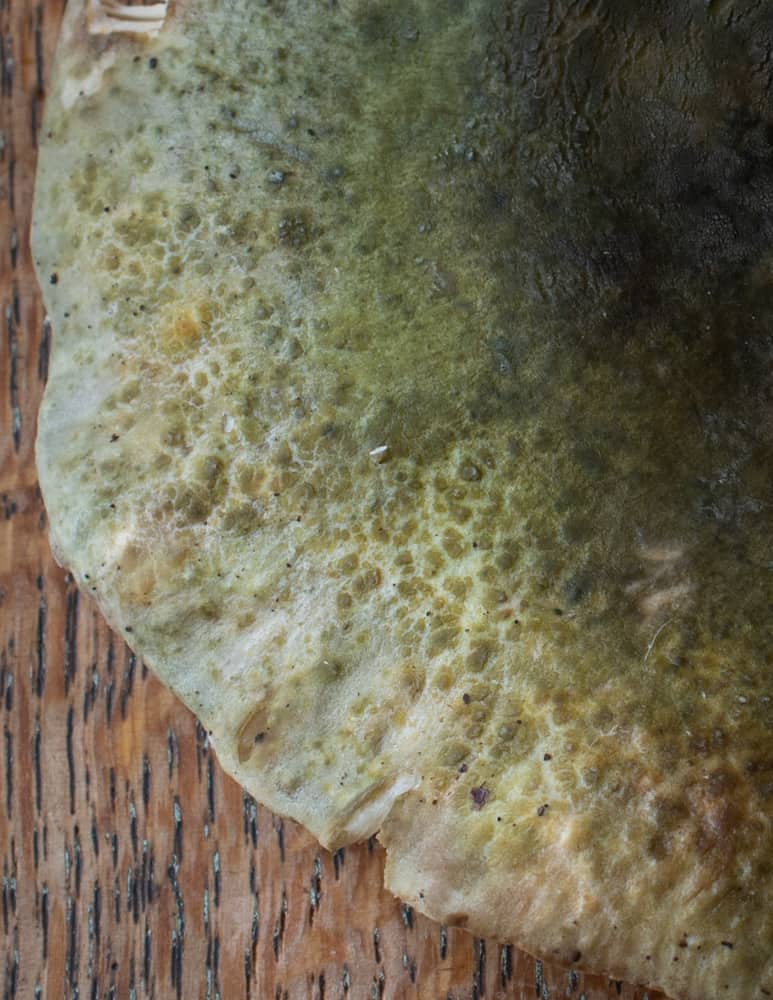
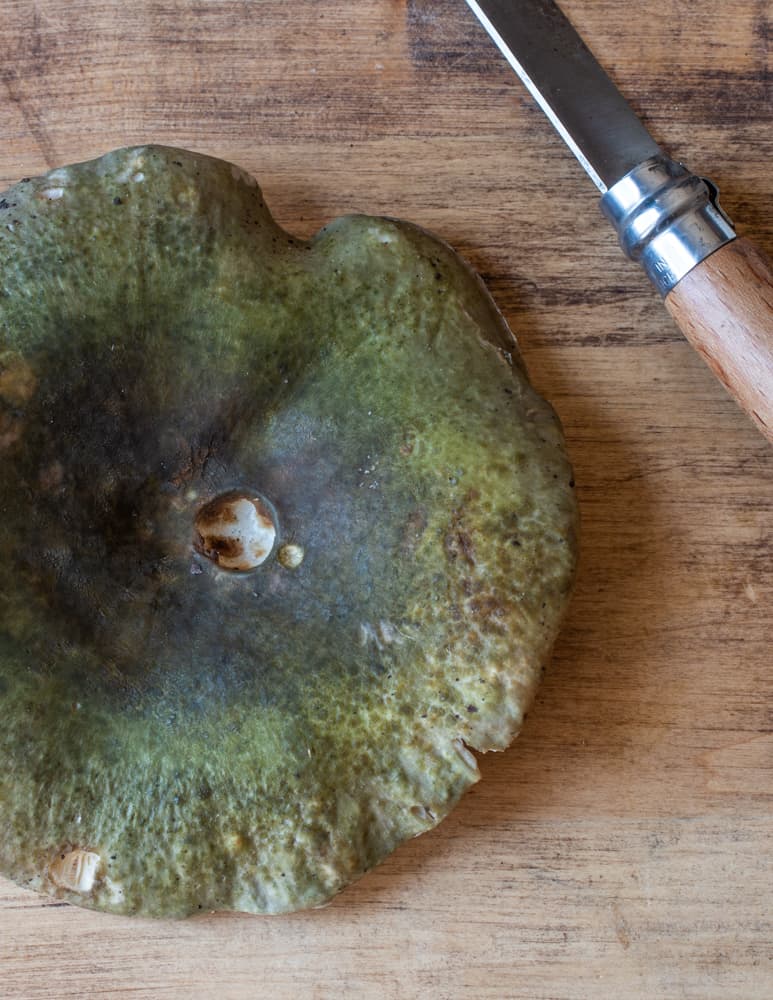
Occasionally I see some mushrooms with a mottled green and beige coloration you see below.
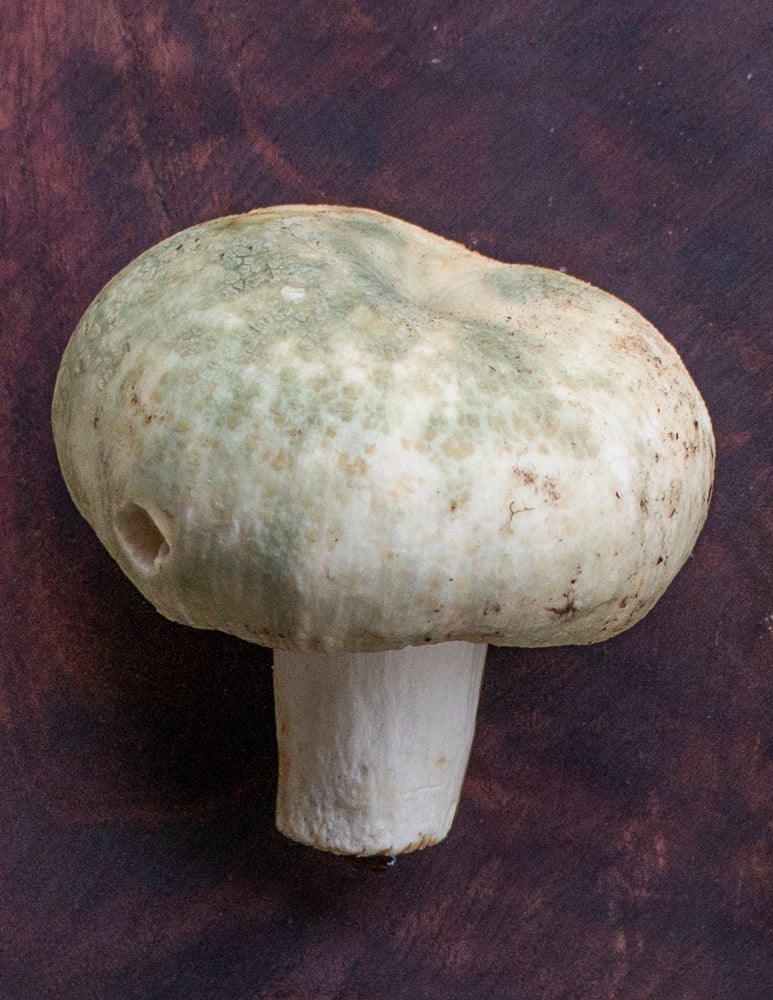
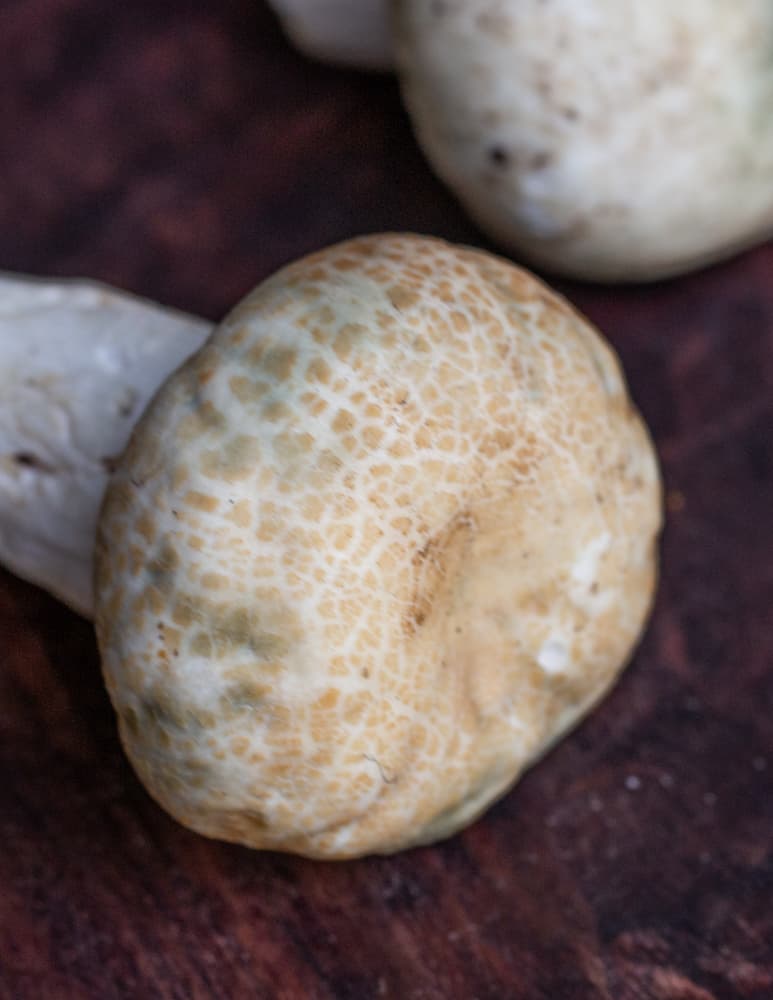
Quick tips
Russula parvovirescens
- Has a mottled green pattern on the cap surface, that may discolor of fade with age.
- Always has a white spore print.
- The stem and cap are brittle and easily chipped or broken.
Russula Virescens Look a Like
Russula. aeruginea looks similar in that it has a green cap, but the cap is pure green, with no visible quilting, or what's referred to as "large crustose patches" on the cap.
If the cap of your mushroom is pure green and smooth, it's probably R. aeruginea, and it's also edible. There are no poisonous look a likes to my knowledge.
Harvesting
These grow singularly and I don't often find large gregarious patches. To get a decent amount you need to hunt for them.
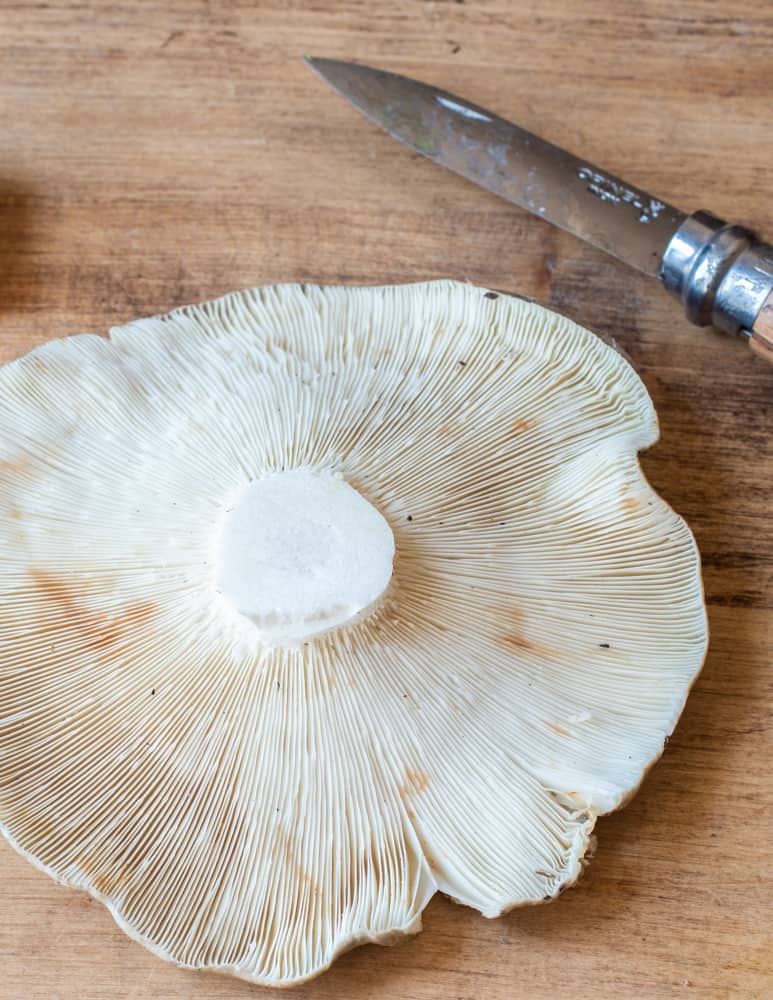
Young buttons are the best eating. but, no matter the age of your mushroom, you'll be fighting the bugs. The first thing I do is pluck the mushrooms from the ground, cut off the base of the stem, and inspect it for bug holes.
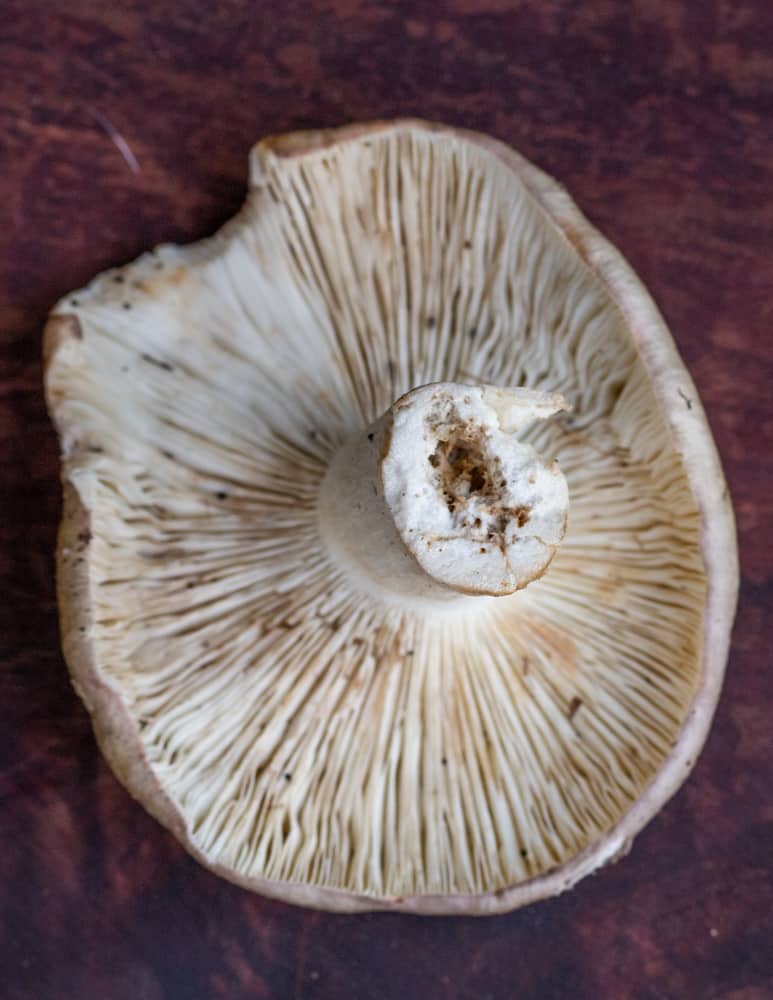
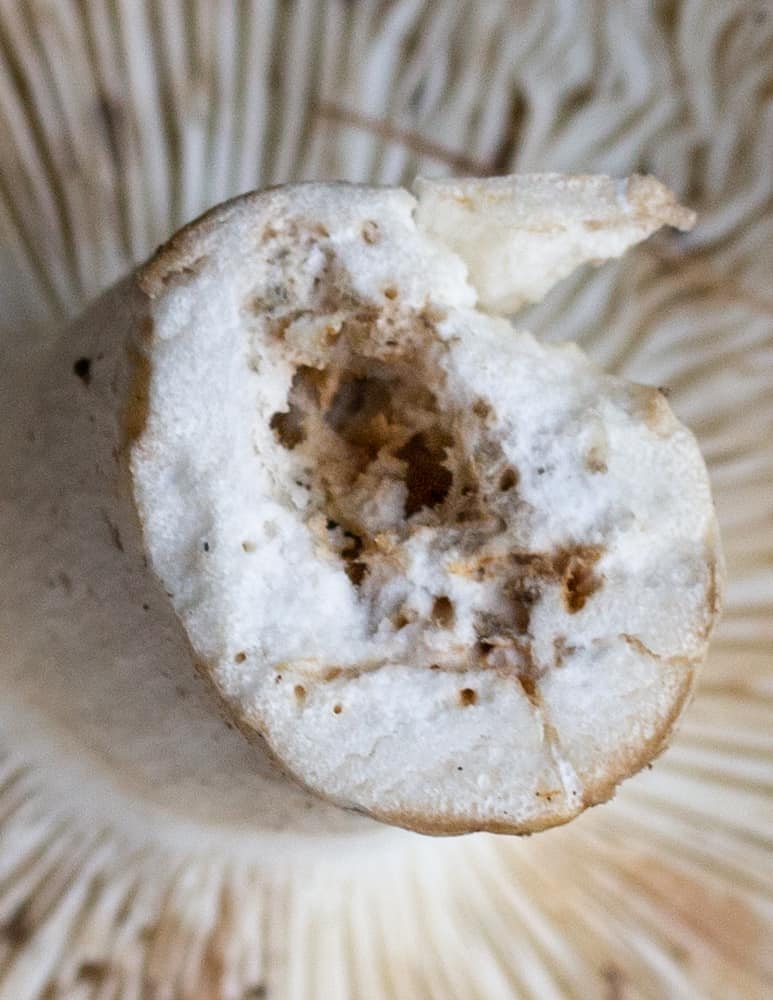
If the mushrooms have bug damage but seem sturdy, I may take them home and dry them.
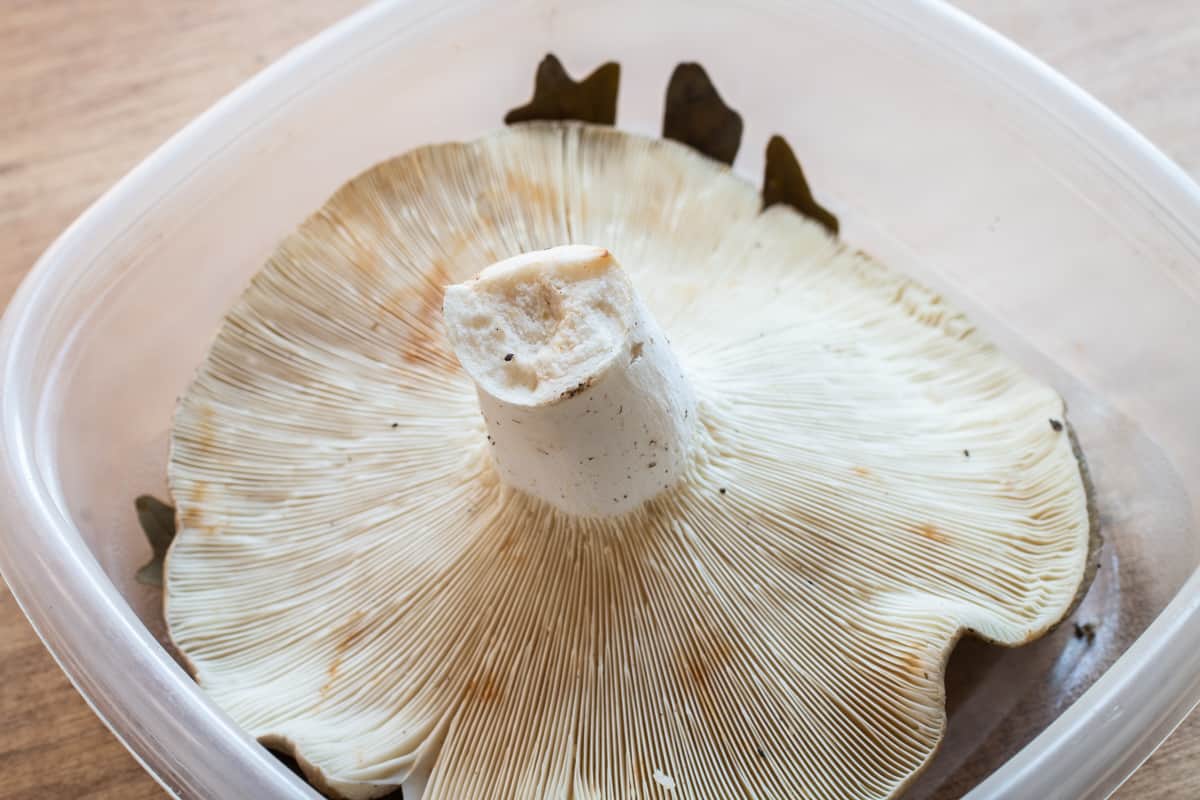
These are brittle, crumbly mushrooms so it's best to transport them in a basket. Place them in a container to avoid crushing them with heavier fungi.
Cooking
Green brittle gills have a good, mild mushroom flavor you can use in any of your favorite wild mushroom recipes. Since their flavor is mild, I generally avoid cream sauces and lots of dairy with them, but a little bit can be ok. Since bug damage is an issue with these, they're a good candidate for mushroom duxelles.
Drying
Since these often have at least some bug damage, I typically end up drying them. Dehydrating concentrates their flavor.

Some people have compared the dried flavor and aroma to potatoes. I think mild mushroom with an aroma of dried shrimp or fish is a better description.
Quilted Green Russula Recipes
These typically become duxelles, powder or broth in my kitchen as it's hard to find bug-free mushrooms. Here's a few examples of how you might use this fascinating fungi.

Leave a Reply